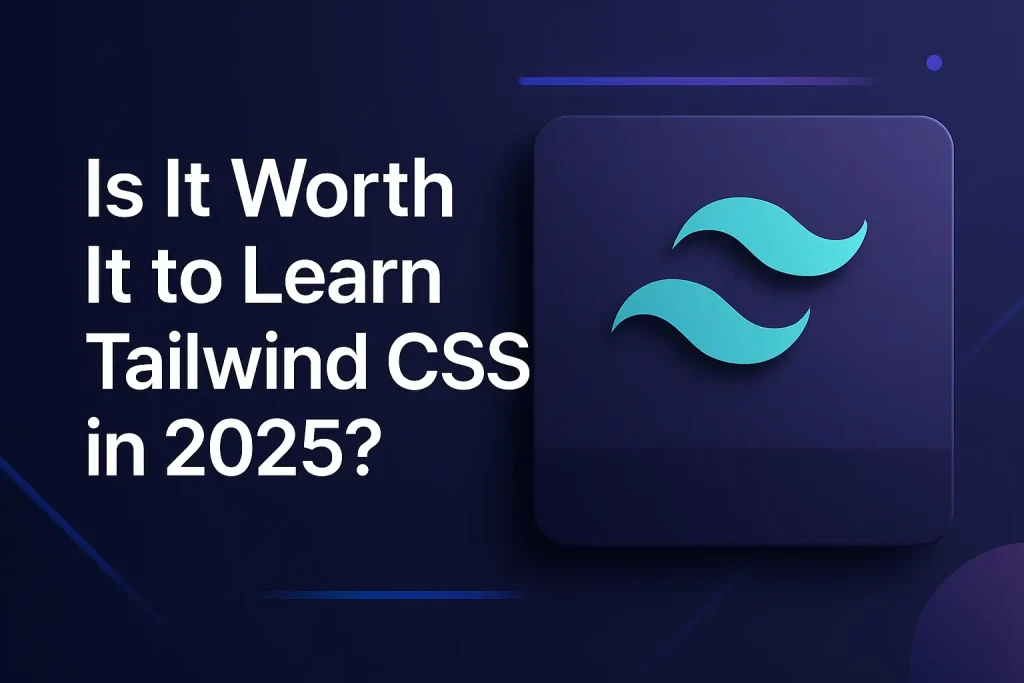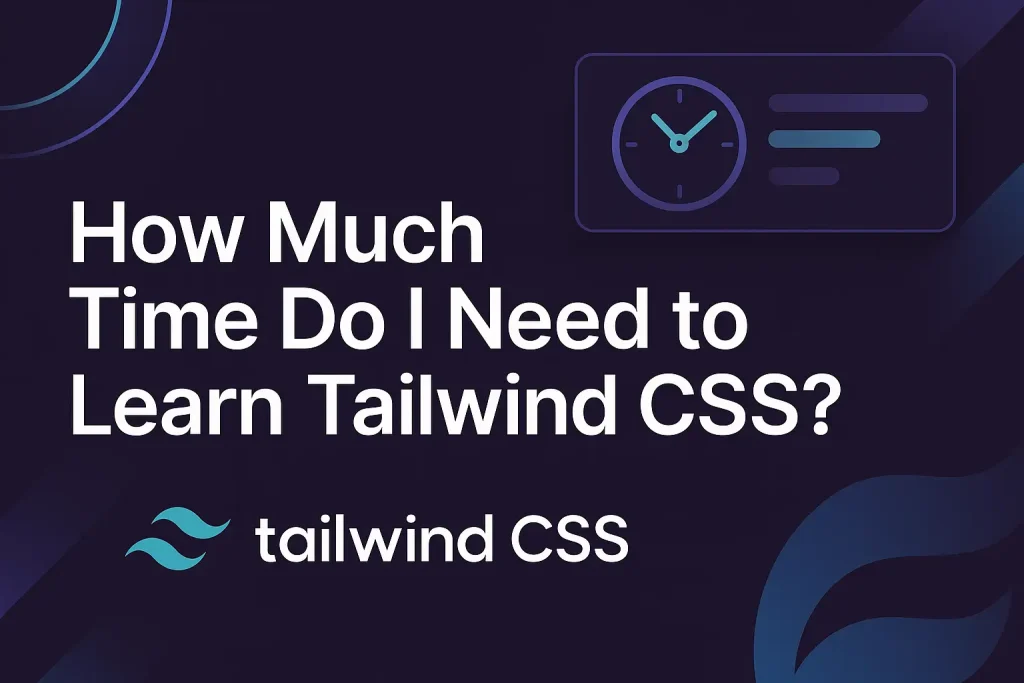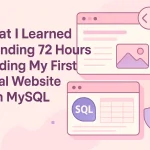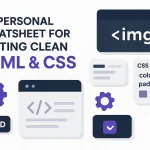Frontend dev in 2025? It’s wild out here. There’s always a new framework, tool, or shiny thing to try every other day. But you know what’s still holding it down? Tailwind CSS. It’s been around for a while now, but it’s not slowing down. If you’re wondering whether you should bother learning it this year—especially with all the noise—I’ve got some chill, honest thoughts for you.
Key Points of the blog
This isn’t a techy, robotic breakdown. This is just me, a dev like you, talking about whether Tailwind is worth your time. (Spoiler: yeah, totally.)

Is It Worth It to Learn Tailwind CSS in 2025?
Short answer? Absolutely.
Long answer? Also absolutely.
Tailwind isn’t some magical new invention—it’s just CSS in a hoodie. But it makes styling so much smoother. Instead of jumping between your HTML and CSS files, you stay in the flow. You’re tossing utility classes right where you need them. No more writing .header-banner-wrapper-title-text just to center some text. Seriously, who has time for that?
Let me tell you something personal. I learned Tailwind in a day. Literally. One good day of messing around, and I was building slick pages like it was second nature. It’s not that it replaces CSS. It’s just that it respects your time. And once you get into it, you’ll wonder how you ever put up with the old way of styling.
Should I Put Tailwind on My Resume?
Yeah, Absolutely !
Tailwind shows up more and more in job descriptions. Startups love it. Freelance clients request it. Even big companies are switching over. Why? Because it helps teams move fast without sacrificing design.
Putting Tailwind on your resume doesn’t just say “I know Tailwind.” It says you stay current. You know how to build fast. You care about clean code and maintainable styles. That’s a vibe every employer can get behind.
Is Tailwind Beginner Friendly?
At first, it’s gonna feel like you’re throwing spaghetti at your HTML. All those weird class names jammed into one element? Yeah, it looks strange. But give it an hour. Maybe two. It clicks fast.
Once you realize you’re just using tiny, predictable building blocks—text sizes, paddings, margins, colors—it stops feeling confusing and starts feeling powerful. Plus, you stop jumping between files, and that alone is a blessing.
Should I Learn Tailwind After CSS?
Yes. And here’s why: Tailwind is not a replacement for CSS. It’s a way of using CSS smarter.
You still need to know what flex does. You still need to understand how margins and grids work. But Tailwind wraps those concepts in convenient little class names, so you don’t waste time reinventing the wheel every time you build a layout.
If CSS is your toolbox, Tailwind is the power drill. Use it well, and everything just fits.
Is Tailwind CSS Still Relevant in 2025?
It’s not just relevant. It’s thriving.
You’ve got Tailwind baked into modern frameworks like Next.js, Laravel, Astro—you name it. The devs behind it keep pushing updates that actually matter. It’s fast, stable, and super well-documented.
Basically, if you’re building modern web apps, Tailwind is a no-brainer.
Is Tailwind CSS Difficult?
Not really. It’s more about unlearning old habits than learning something new. Once you accept that you don’t need a custom class for every little thing, you’ll start flying.
You’ll stop naming divs like “.section-header-container-row-box-thing” and start writing styles like a sane person. It’s freeing, honestly.

How Much Time Do I Need to Learn Tailwind CSS?
If you already know CSS? A day. Maybe two if you like to go slow. If you’re a beginner, you might need a couple of weeks to feel totally comfy—but it’ll still be faster than learning traditional CSS the hard way.
I’m not kidding when I say I picked it up in a day. And once you start using it, you’ll get why so many devs swear by it.
Is Tailwind Easier Than CSS?
For real? Yeah, it is.
Traditional CSS makes you stop what you’re doing, think of a class name, jump to your stylesheet, write the rules, then go back to your markup. Tailwind’s like “hey, just write what you need, right here.” No more ping-ponging between files. No more naming debates.
You still need to understand the why behind what you’re doing—but the how becomes way simpler.
Should I Learn Bootstrap or Tailwind?
Bootstrap is like pre-made dinner. You open the box, it’s ready to go. No effort. But if you want to cook—and make it taste exactly how you like—Tailwind is your kitchen.
If you’re building basic templates and don’t care about design, Bootstrap’s fine. But if you care about speed, flexibility, and making things that look modern and custom, Tailwind is 100% the move.
Final Thoughts: My Chill Verdict
Look, I’m not trying to hype Tailwind like it’s the next React or something. It’s not magic. But it is seriously helpful.
It’s fast. It’s flexible. It lets you stay in the zone. You don’t have to constantly jump between files or write CSS that feels like a puzzle. You just build. And that makes development fun again.
So if you’re still on the fence: don’t overthink it. Try it out. Make something small. I bet you’ll love it. And once it clicks, you’ll wonder why you waited so long.
Alright, go build something cool. You got this.



I used to think utility-first CSS would be messy, but after giving Tailwind a real shot, I get the hype. The speed boost alone makes it worth learning, especially when you’re juggling multiple projects.